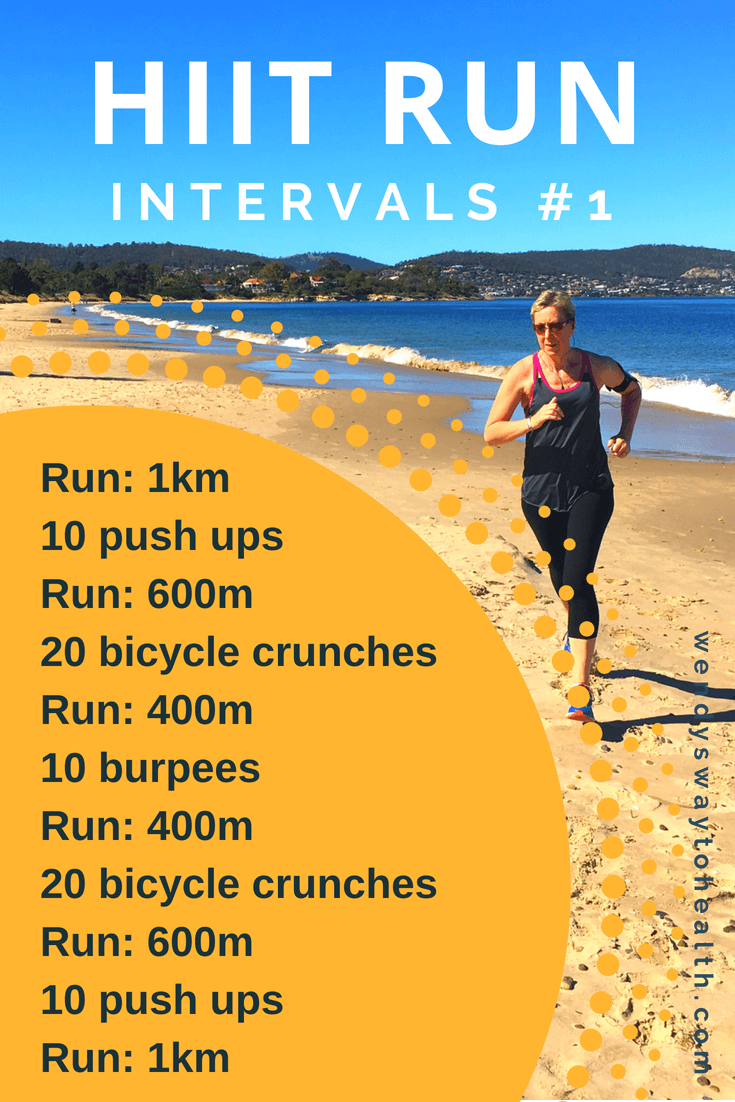Running Workout Techniques: Strategies to Enhance Endurance and Speed
The Ultimate Guide to Managing Discomfort When Running
For joggers, experiencing discomfort during runs is not uncommon, and understanding exactly how to effectively take care of and stop it can make a considerable difference in your general performance and pleasure of the sporting activity. Whether you are a skilled marathoner or just beginning your running trip, understanding the various kinds of pain that can arise and the techniques to address them is vital. From pre-run workout regimens to appropriate footwear selection, there are various aspects to think about when it involves dealing with pain while running. This comprehensive overview will certainly furnish you with the understanding and tools required to browse through the discomfort and encourage you to attain your running objectives with higher simplicity.

Recognizing Different Types of Running Discomfort
When running, it is necessary to compare different sorts of pain to prevent injuries and make the most of efficiency (Read More). One typical type of discomfort that runners may experience is muscle mass soreness, which typically emerges from the anxiety put on muscles throughout exercise. This sort of discomfort is commonly a typical part of the running procedure and can be managed via appropriate warm-up, cool-down, and extending routines
An additional kind of pain to be familiar with is joint pain. Joint pain can suggest concerns such as overuse, incorrect kind, or underlying problems like arthritis. Disregarding joint pain can result in extra severe injuries, so it is essential to address any type of discomfort promptly and possibly seek expert guidance.
Furthermore, sharp or stabbing discomforts need to not be disregarded. These kinds of discomfort can signify intense injuries such as strains, sprains, or tension fractures - running workout. Remaining to go through these kinds of discomfort can worsen the injury and lengthen recovery time

Pre-Run Workout and Extending Routine
To prepare the body for a running session, implementing an effective pre-run warm-up and stretching routine is important. An appropriate warm-up helps enhance blood flow to the muscular tissues, boosts adaptability, and lowers the threat of injury throughout the run. Start with vibrant stretches like leg swings, arm circles, and high knees to slowly increase your heart rate and loosen up the muscles. Dynamic stretching helps mimic the movements you'll be doing while running, preparing your body for the task in advance. Follow this with static stretches concentrating on major muscle teams such as the hamstrings, quadriceps, calves, and glutes. Hold each stretch for about 15-30 secs without jumping to promote muscle relaxation and adaptability. Keep in mind to listen to your body and adjust the intensity of your warm-up based upon your health and fitness degree and any type of pre-existing conditions. By including a constant pre-run workout and stretching regular right into your running program, you can optimize efficiency and lessen the risk of pain or injury.
Correct Footwear Choice and Fit
Choosing ideal footwear that fits well is important for joggers to avoid pain and minimize the risk of injuries. Ill-fitting footwear can result in sores, black toenails, shin splints, and other painful problems that can prevent performance and sideline training. When choosing operating shoes, it is necessary to consider aspects such as foot kind, running gait, arch support, padding, and footwear size. running workout. Seeing a specialty running store for a gait evaluation and professional fitting can assist i loved this ensure that you choose the right footwear for your private demands. Running footwear should offer sufficient support and security while additionally being comfortable and lightweight. Furthermore, it is suggested to change your running shoes every 300-500 miles to preserve appropriate padding and assistance. Purchasing top quality footwear that is proper for your running style and foot anatomy is a positive step in the direction of preventing pain and injuries during your runs.
Nutrition and Hydration Tips for Pain Avoidance

Hydration is just as vital for runners to prevent cramps, dehydration, and other pains that can lead to discomfort throughout running. It is recommended to consume an adequate amount of water throughout the day and specifically in the past, during, and after running sessions. Electrolyte-rich beverages or sporting activities drinks can also be helpful for replenishing lost minerals and preserving correct fluid equilibrium. running strategy (Read More). By focusing on nutrition and hydration, runners can boost their performance, lessen pain, and delight in a much more comfortable running experience.
Post-Run Recuperation Techniques to Ease Pain
Carrying out effective recovery techniques is important for relieving discomfort and advertising muscle mass healing after running sessions. Furthermore, icing sore locations for 15-20 mins can help reduce swelling and numb discomfort post-run.
Taking in a balanced treat or meal that consists of healthy protein and carbohydrates within 30 mins of completing a run can help fix muscle tissue and restore energy shops. By incorporating these post-run healing techniques right into your routine, you can efficiently take care of pain and optimize your running efficiency.
Conclusion
To conclude, attending to different sorts of running pain via appropriate warm-up, extending, footwear option, nutrition, hydration, and post-run recuperation techniques is essential for discomfort avoidance and administration. By understanding the root causes of pain and applying these methods, runners can decrease discomfort and prospective injuries. It is essential to focus on overall physical health and wellness and well-being to make sure an effective and satisfying running experience.